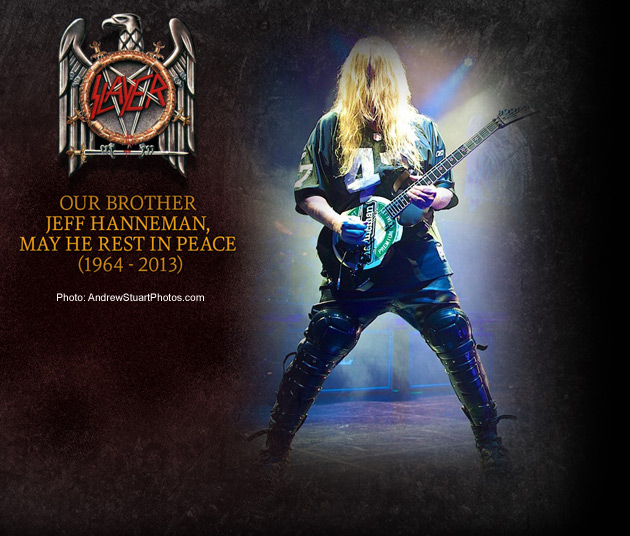
This Thursday, the people of Scotland vote on whether to remain part of the UK or to carve off alone into the 70s bowl of nationhood, executing a slash grind that’d make David Cameron’s eyes water in the process. In giddy preparation, we flung emails to the northern winds, keen to hear what Scottish skaters thought of independence and our shared little world of radness. As a naïve Englishman, I was surprised that pretty much everyone we contacted didn’t feel able to say very much, which could mean one of the following:
1. Things have gotten so polarised and excitable, what with angry protests outside the BBC HQ in Glasgow n’all, that no deep-thinking Scot would fancy the idea of opening that can of worms, at least until after the dust has settled.
2. That no one thinks that the referendum means two shites for skateboarding – things will go on much the same either way.
3. Or that dudes can detect my guilt-ridden Englishness a mile off, and guess that I may be descended from peasants dragged north with ol’ king Long Shanks to end up splattered across sharp sticks held by Mel Gibson et al.
For full disclosure, I have strong sympathies with the case for independence, not least in never having to listen to an Old Etonian again. But there are risks, for tiny skate concerns as well as those proper grown-up issues discussed elsewhere.
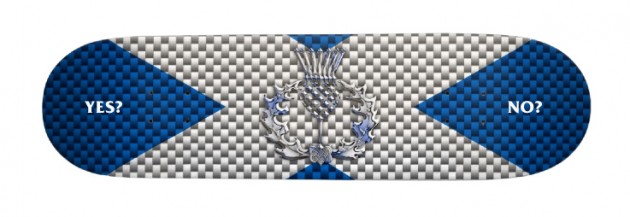
On the plus side the expectation is that an independent Scotland will be more politically ‘progressive’ than the UK. Alex Salmond implores us to think of Norway or Denmark – a small, social democratic country, where people are nice to each other. This is the main reason given by large numbers of lifelong Labour voters switching to the ‘yes’ camp recently. You can almost guarantee that an independent Scotland will never have a Conservative government. Cue greater investment in public spaces (rather than ‘leaving it to the market’), fewer knee-jerk ‘ban skating’ bye laws, and a far greater chance of learning from our more progressive northern-European cousins. I can’t imagine any Government in Westminster green-lighting a Bryggeriet-style skate school, but Holyrood may well be more inclined to think outside the box. Scottish Higher Education is already the envy of the English, due to its rejection of the £9,000 cap on tuition fees. An independent Scotland could see an even greater level of students travelling to study in Scottish universities – not just from England, but from all over the world. An increased influx of students from a wide variety of places each year is usually good for a skate scene.
More widely, if ‘yes’ wins the day, a heady surge of excitement and national pride should follow, accompanied by international interest in the ‘new’ nation, a big shot in the arm for events, tours, etc. Not that Scottish skaters necessarily need this – being a proactive bunch n’all.
On the other hand, the principal risk is money – both for the big picture (whether Scotland can keep the Pound, what will happen to national borrowing costs, etc.) and for skateboarding. Anyone who has skated in both England and Scotland over the last decade will have noticed how amazingly served Scotland is by outdoor concrete. When I first skated Perth, Dundee and Stevenson back in 2006, I had quite literally never seen anything like it. A lot of this park building came from physical regeneration funding, provided centrally from Westminster (with the addition of EU money) – and Scotland does quite well out of this. The ONS estimate that, in 2012/13, public money spent in Scotland was equivalent to £10,152 per head, compared to £8,529 in England and £8,788 in the UK overall. There is good reason for this, with a number of highly economically deprived communities in Scotland in dire need of public cash, some of which finds its way into funding excellent skate parks.
However, an independent Scotland would have to find this money from its own taxation – without the rest of the UK pitching in (in tax terms, Scotland currently puts £7,056 per household into the national pot, compared to an average of £7,360 in the UK overall). So, despite having a Government that may be keener on investing in rad stuff, there may be less money around to do it – at least in the short term.

The other potential negative is the impact on a shared ‘UK’ skate scene. Scottish skating has a unique character, whether it be Livi-gnarl and booze-fuelled coping killing or Bristo-trained Kinetic Kennedy street tech’ (I still advocate Colin as the UK’s answer to Kalis – but with the world’s best back 360 to match Kalis’ tres flip mastery. They share the nollie flip crown). But it’s a difference within a wider united scene. English skaters travel up and kill War of the Thistles, and the Scots return the favour for War of the Roses. Even some southerners make it as far as Livi fun day, and don’t whine about the rain and the scary kids toooo much. OG Blueprint – when proudly a ‘UK company’ – were heavily represented by Scottish rippers, alongside Welsh and Irish heads. Maybe skateboarding has consistently been one of the things that we really are ‘better off together’ doing – to nick the ‘no’ campaign’s cheesey slogan. Could we maintain this with independence?
The Benelux and Scandinavian countries each share a healthy sense of shared scene (and industry) alongside distinctive national elements. Maybe England, Wales and Northern Ireland will do the same with an independent Scotland. The skate scene in the Republic of Ireland is pretty closely hooked up to the UK scene – and has been well covered by British skate mags over the years. So fragmenting off and not talking to each other again isn’t a given, but it may be a risk.
Written by Chris Lawton
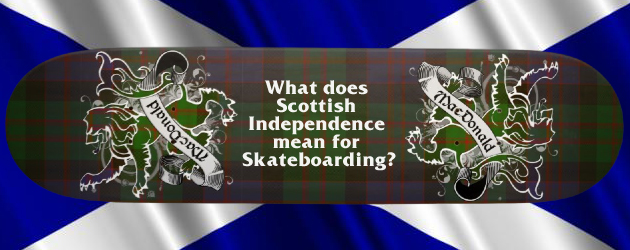

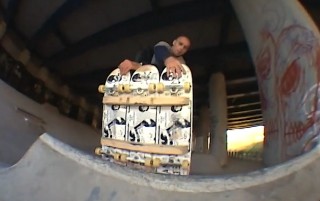 Death lifers Mark Nicolson and Dan Cates join Rob Smith, Mark Radden, Moggins, Mikey Patrick, Boots, Adam Moss and many more in this new montage shot throughout June this year in Essex and London.
Death lifers Mark Nicolson and Dan Cates join Rob Smith, Mark Radden, Moggins, Mikey Patrick, Boots, Adam Moss and many more in this new montage shot throughout June this year in Essex and London. 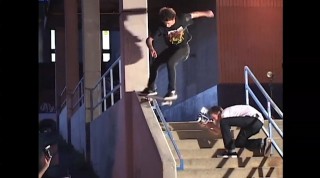 Baker’s Dustin Dollin proves that you pay to play in this 180 to fakie 50/50 battle that made his ender in the last Shake Junt flick. Relentless pain from a filthy rough hubba.
Baker’s Dustin Dollin proves that you pay to play in this 180 to fakie 50/50 battle that made his ender in the last Shake Junt flick. Relentless pain from a filthy rough hubba.
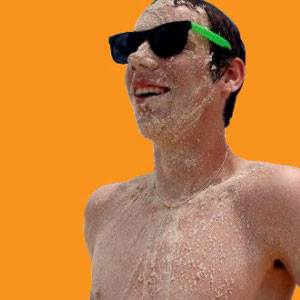 There was never any question that Ben Raemers would not go on to travel the world on a deck following the day he turned up aged 15 at one of our
There was never any question that Ben Raemers would not go on to travel the world on a deck following the day he turned up aged 15 at one of our 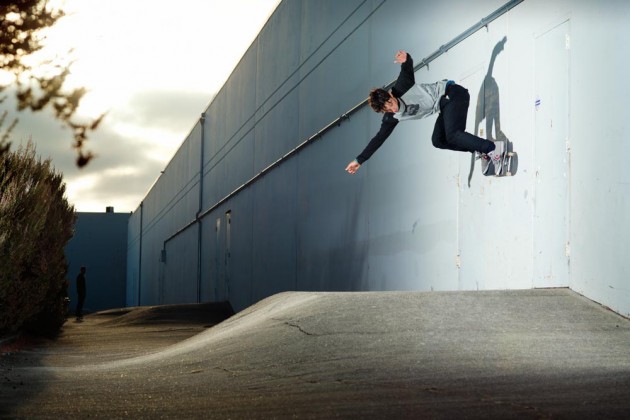

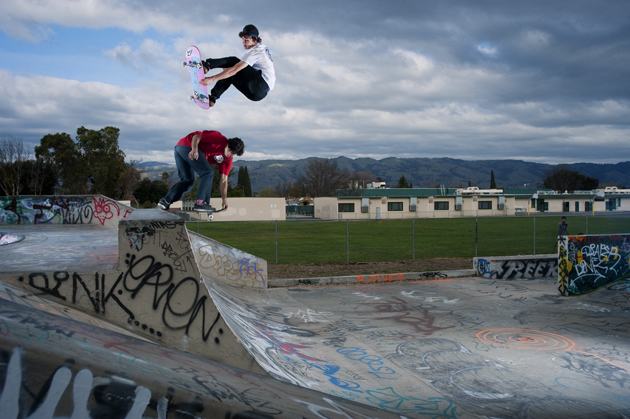



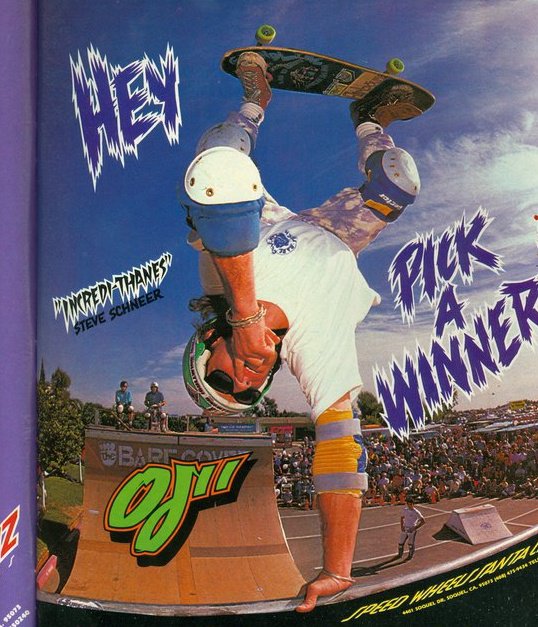
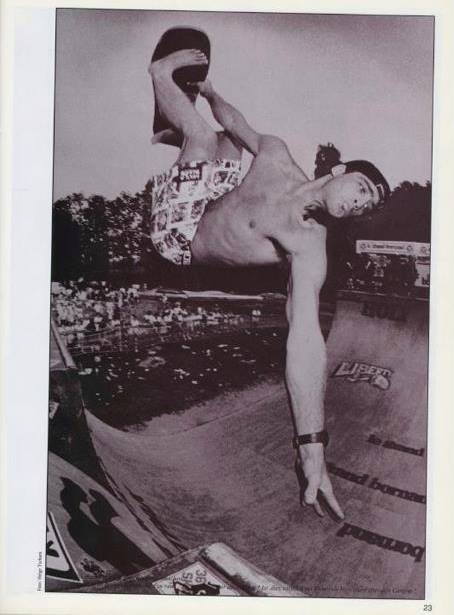 STEVE DOUGLAS: “I’m not sure when I met Steve for the first time- probably 1986, but it’s safe to say I probably heard him before I saw him. Steve was loud and was one of those guys that you would want to skate with he would make the session better, louder, more intense and more fun. What I remember about him was that he was always smiling always stoked and always ready for good times, all the time. He loved his partying and was also a tough bastard, a lad you want on your side and of course he was, he was a skateboarder. I feel proud that I met him and I could call him a friend.
STEVE DOUGLAS: “I’m not sure when I met Steve for the first time- probably 1986, but it’s safe to say I probably heard him before I saw him. Steve was loud and was one of those guys that you would want to skate with he would make the session better, louder, more intense and more fun. What I remember about him was that he was always smiling always stoked and always ready for good times, all the time. He loved his partying and was also a tough bastard, a lad you want on your side and of course he was, he was a skateboarder. I feel proud that I met him and I could call him a friend.

 A trip to Malmö is also a pilgrimage to the DIY spots of TBS or Steppeside molded and mastered by local rippers like Pontus Alv and Matthias Hallén. These guys knew that their city was limited in what it could offer terrain-wise, so they decided to grab a couple of bags of concrete and build their own spots. This do-it-yourself mentality has spread like wild fire around the globe, but for the Malmö skaters it was never a question of setting a trend. It was a simple necessity if they wanted to skate. All of this creativity and elbow grease has had a strong influence on the younger generations who lend a helping hand in building their scene, but also polishing off their abilities to rip all sorts of spots. Fernando Bramsmark and Oskar Rozenberg Hallberg skate all day and all night and are the poster children of this next generation.
A trip to Malmö is also a pilgrimage to the DIY spots of TBS or Steppeside molded and mastered by local rippers like Pontus Alv and Matthias Hallén. These guys knew that their city was limited in what it could offer terrain-wise, so they decided to grab a couple of bags of concrete and build their own spots. This do-it-yourself mentality has spread like wild fire around the globe, but for the Malmö skaters it was never a question of setting a trend. It was a simple necessity if they wanted to skate. All of this creativity and elbow grease has had a strong influence on the younger generations who lend a helping hand in building their scene, but also polishing off their abilities to rip all sorts of spots. Fernando Bramsmark and Oskar Rozenberg Hallberg skate all day and all night and are the poster children of this next generation.


